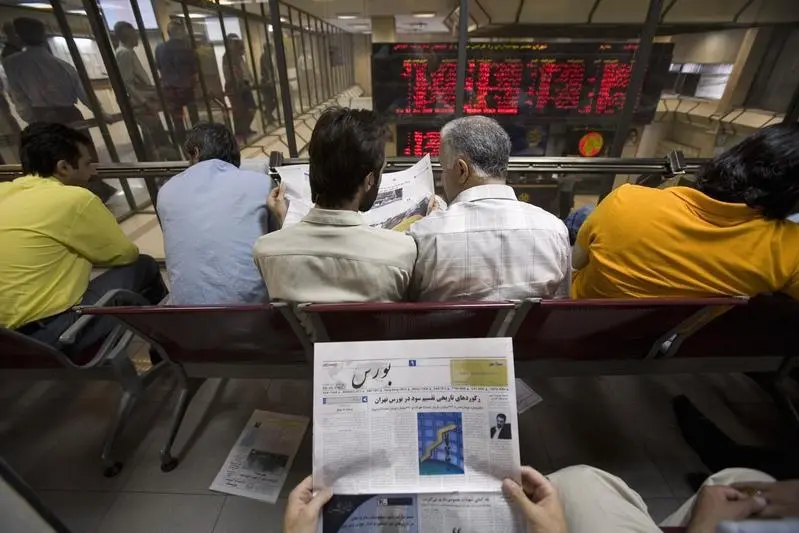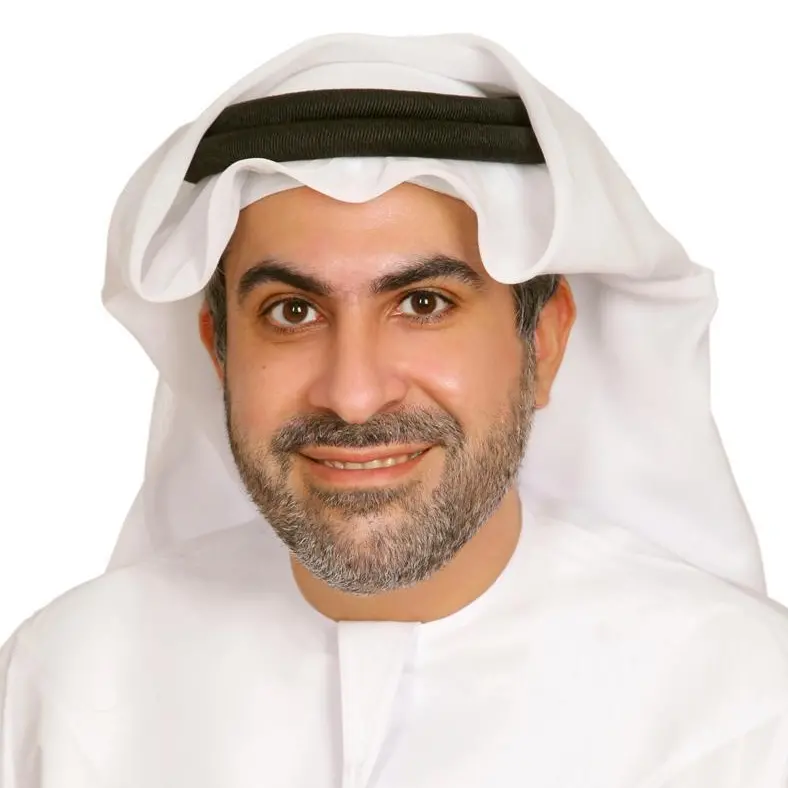PHOTO
Many investors had anticipated greater access to the Iranian market following Implementation Day, but the lifting of sanctions has not led to a return to business as usual. Mena Fund Manager looks at the challenges facing the Iranian market and how it has fared more recently.
The lifting of sanctions against Iran at the start of the year was heralded by many in the investment community excited by the prospect of the opening up of one of the largest economies in the region.
With foreign direct investment (FDI) inflows having slowed to $2.1bn in 2015, below the United Nations Conference on Trade and Development's pre-crisis annual average of $2.4bn, many Iranians would've been hoping for an uptick in investment during 2016. Since Implementation Day, however, inflows have not quite met expectations as it remains difficult for many international investors to access the market.
While some of the legal barriers to entry may have come down, some international banks remain reluctant to engage with Iranian firms without assurances from Western regulators that they will face no punitive action.
Earlier in the year US Secretary of State John Kerry had called on European banks to re-engage with Iran; however, some in the banking industry had pointed out that American banks were still prohibited from doing business in Iran. Others noted heavy fines in previous years for international banks with American branches accused of flouting US laws.
"You've seen some smaller European banks opening up for business with Iran, but you haven't seen the big international banks open for business with Iran," says Dominic Bokor-Ingram, portfolio manager at London-based asset manager Charlemagne Capital, one of the first foreign firms to launch a dedicated Iranian product.
"That is directly as a result of them being concerned about the US sanctions that are in place and potential penalties from the US if they engage in Iranian business, regardless of whether that business is sanctioned or not."
Strong investment case
One of the most compelling arguments for investment in Iran has been the economic growth story. While the Iranian economy did not grow during 2015, according to data from the IMF's World Economic Outlook, it was forecast to grow by 4.0% in 2016 and by 3.7% in 2017.
Forecasts of low single-digit growth is stronger than many other countries in the region, particularly given the increased pressure on oil prices more recently.
Fund managers remain aware of the investment opportunities in the Iranian market provided by the growing economy and a young and educated population.
"Our investment is spread across sectors like telecoms, banking, real estate and pharmaceuticals. Basically domestic sectors that will benefit from increased economic growth," says Bokor-Ingram. "Even 4% is pretty decent growth when the economy is coming out of the situation it's been in. We still very much believe the domestic economy will grow regardless [of international investment].
"Our investment philosophy is that we will see strong domestic growth and we want to be in the sectors that can take advantage of that."
Since the lifting of sanctions, Iranian oil production has increased dramatically. Data published by oil-producing countries organisation OPEC shows Iran has been averaging more than 3.5 million barrels per day during the second quarter, up from around 3.1 million barrels per day during Q2 2015.
With significant oil and gas reserves at its disposal as well as other commodities, the Iranian economy is well-placed to continue growing despite market volatility affecting other parts of the region.
Not waiting
Despite the lack of anticipated inflows from the Western banks and investors, authorities have not waited to push forward with reforms designed to develop its capital markets and facilitate investment.
Earlier this year, the Central Securities Depository of Iran (CSDI) announced a record amount of sukuk issuance as IRR9.6trn ($313.8m) of Islamic bonds and morabaha were issued during the first quarter of the year, more than the previous year's total of IRR7.3trn ($238.7m).
CSDI managing director Mohammad- Reza Mohseni claimed that "facilitating funding sources for main economic enterprises tops the agenda of the capital market" in a recent announcement by the regulator.
Authorities have also taken other measures aimed at strengthening its regulatory regime. In July, the Securities and Exchange Organisation of Iran announced it would be taking applications from international credit rating agencies after the capital market regulator announced it had finalised regulations.
Yet the need for further reforms, particularly of its banking system were called for by David Lipton, first deputy managing director at the IMF, in May during a visit. In a speech delivered at the Central Bank of Iran, Lipton highlighted two priorities for Iranian authorities.
He noted that restructuring of banks at an operational level and non-performing loans would help lower real interest rates and stimulate credit to the economy. Secondly, Lipton also addressed the difficulties for reintegration of Iranian banks to the international financial system calling on authorities to "persevere with strengthening the framework for anti-money laundering and combating the financing of terrorism".
Other moves by authorities have included the lowering of deposit rates, which could spur spending as savers become less inclined to hoard cash following the lifting of sanctions.
Active managers
While concerns have been raised about accessing the Iranian market, local asset management industry has continued to grow with the launch of additional products and several regulatory initiatives aimed at bolstering its capital markets.
Indeed, the level of interest generated by the lifting of sanctions has resulted in a number of product launches during the past 12 months.
As authorities move to develop capital markets, the asset management sector has also seen a number of recent developments.
In August, the Tehran Stock Exchange announced the listing of a new fixed income ETF, the latest addition to the exchange's burgeoning listed fund sector. There are five ETFs listed on the Tehran Stock Exchange and several more are listed on the Iran Farah Bourse.
New facilities for the establishment of venture capital funds was signed by the Securities and Exchange Organisation, providing a vehicle for investors in science-based start-ups.
And elsewhere, the CSDI is also planning a faith-based fund to be launched during the latter part of the year, having earlier called for the move as part of greater cooperation among Islamic countries.
Unresolved issues
Despite many of the positive steps taken by authorities and the enthusiasm shown by international among investors, there remain a number of unresolved issues while banks avoid re-engaging with the market.
The lifting of sanctions hasn't led to the anticipated level of interest in the Iranian economy and Iranians have begun to make their feelings felt.
In a recent newsletter, Turquoise Partners noted that the Tehran Stock Exchange had fallen for the third consecutive month in June signalling some of the frustration by the lack of expected foreign inflows, although the index did rally in July.
"There is starting to be an issue in Iran that the benefits of the nuclear deal have not been delivered and this is probably the biggest concern that we have had from the beginning in Iran," says Bokor-Ingram. "In order for this all to work the Iranians have to see the benefit of this deal. They have to see investment, economic growth, the standard of living going up.
"[President Hassan] Rouhani has a finite window in which to deliver hits and to date he hasn't been able to deliver it to the extent that he would want to because of the banking issue.
"It's probably not a concern for the next year or so, but the pressure will start to build."
He adds: "There were a lot of people in Iran against the deal and those will start to become more heard and listened to.
"They are already talking about the fact that there are no benefits from this deal. A lot of people are thinking that [US presidential candidate Donald] Trump is the biggest potential problem with the deal, it's not. It's Iran itself, which is the biggest risk."
With presidential elections in 2017, the issue may become bigger and start to pose a threat to Rouhani's incumbency as hardliners opposed to the deal emerge as potential candidates.
However, while obtaining full access to the international banking system remains a challenge for authorities the Iranian economy continues to grow and trade with a number of partners.
A number of deals have also been announced with Western companies, such as state-owned airliner Iran Air's potential acquisition of almost 200 aircraft from European firm Airbus and US company Boeing. While the deals need to be ratified by US politicians, the scale underlines the ambitions for Iranian firms in the postsanctions environment.
Iran has also continued to trade with partners from other parts of the world. Yet, as long as caution by Western institutions remains, the potential for Iran's economy may be stifled.
"Trade has been happening; while it's been difficult from a Western perspective, trade from Asia and other Middle Eastern countries has certainly increased," says Bokor-Ingram. "It's not all a negative story.
"Iranians don't feel that Americans are keeping to their side of the deal, but actually they are doing all the right things for their economy and 4% growth is not unrealistic.
"Can they take that to the 6-8% growth we think they can achieve without foreign investment? That's a different question."
© MENA Fund Manager 2016












